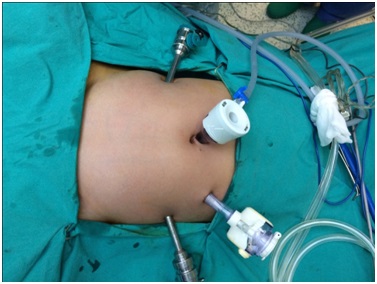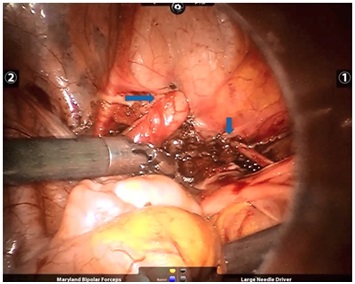Vesicoureteral Reflux (VUR) Robot; Robotic Ureteral Reimplantation, Robotic Ureteroneocystostomy
What is VUR?
The most important functions of the kidneys are to clean the toxic substances from the blood and ensure that they are excreted as urine. After the urine is produced by the kidneys, it is transported to the urinary bladder (bladder) via tubes called ureters and stored. There is almost a valve mechanism between the ureter and the bladder on both sides, preventing the urine from escaping back to the kidneys. Vesicoureteral reflux is the backflow of urine from the bladder to the kidneys.
What are the risks of VUR?
Urinary system infection, which we call pyelonephritis, related kidney damage, high blood pressure and kidney failure are more common in these children.
How is open surgery performed for VUR treatment?
A wide variety of effective open operating techniques are available. These surgeries are called ureteral reimplantation or ureteroneocystostomy. It is possible to do them inside the bladder (intravesical) or outside (extravesical) (figure 1). These methods are the gold standard with 95-98% success results. A catheter is placed in the bladder for a few days after the operation. The patient is kept in the hospital for approximately 2-5 days. There are significant problems associated with open surgery, such as postoperative pain, blood in the urine (hematuria), symptoms due to bladder contraction, and VUR that does not improve with ureteral obstruction.

Figure 1: Open ureteral reimplantation technique without opening the bladder
What is laparoscopic ureteral reimplantation?
To minimize these problems, laparoscopic ureteral reimplantation techniques have been developed. However, classical laparoscopic ureteral reimplantation is a difficult method and the learning curve is long, even for experienced surgeons.
How is robotic ureteral reimplantation performed?
The increase in the quality of vision and maneuverability of the instruments with the robotic system has facilitated the applicability of this method. The robotic method is like the open method; It can be applied both inside the bladder (intravesical) and without opening the bladder (extravesical). The robotic intravesical method is technically more difficult when compared to the extravesical method. Robotic extravesical ureteral reimplantation is used more frequently. Bilateral open extravesical ureteral reimplantation is associated with transient urinary retention (inability to urinate) up to 10%. In robot-assisted method, this risk can be minimized by careful separation (dissection) of 3D images and tissues. The success rate of the robotic extravesical approach is like the open approach but is not without complications.
Extravesical ureteral reimplantation is the most common robotic urological operation I perform in children (figures 2, 3 and 4). My youngest case is 1 year old. The total operation time, including the preparation of the robot, is 103 minutes on average, and the patients stay in the hospital for an average of 2 days and are discharged with recovery.

Figure 2: Placement of trocars in robotic ureteral reimplantation in a 3-year-old girl with unilateral (right) vesicoureteral reflux.


Is the doctor important in robotic vesicoureteral reflux surgery?
As in all urological surgeries, it is very important that the surgeon performing the surgery is experienced. After all, the one who controls the robot is a surgeon. For a successful and smoother operation, it is necessary to have an operation with a doctor who is specialized in robotic surgery.


